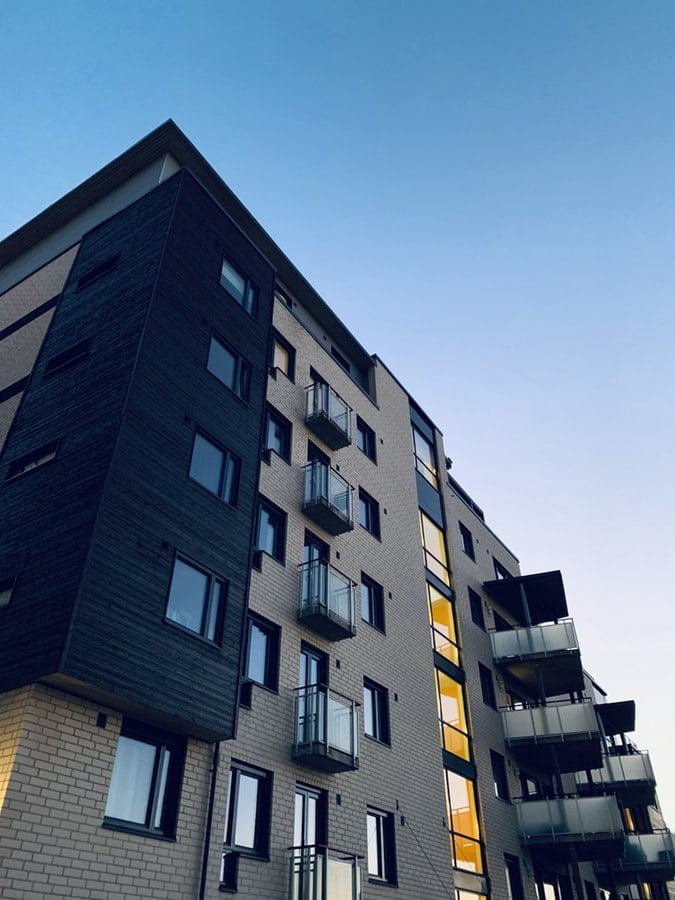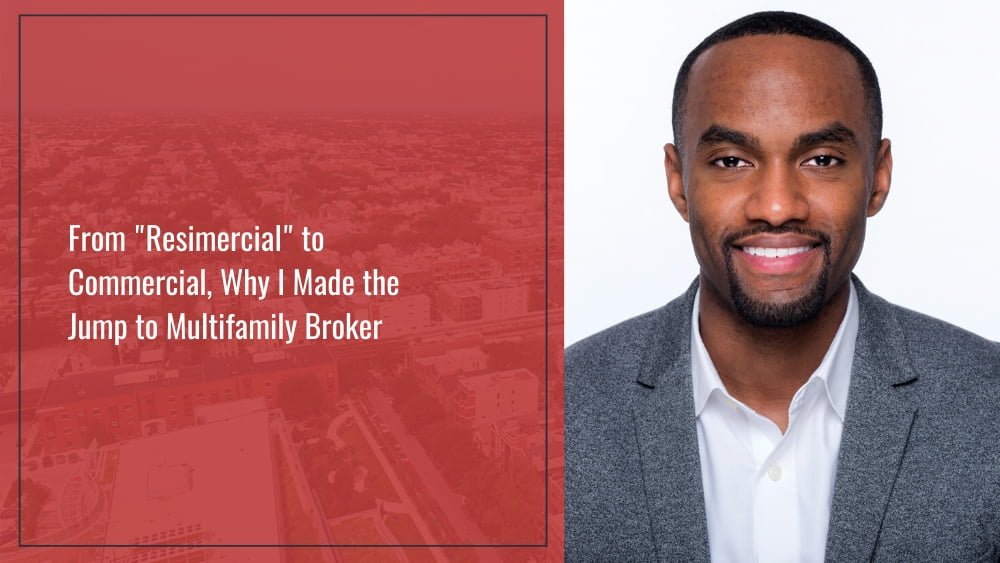01.16.20
State of the Market: Chicagoland Condo Deconversion in 2020

Over the last few years, the sale of an entire condominium building to one investor proliferated in Chicago. Condo Deconversions, as they are called, have been well documented in the press and have been known to cause a lot of emotions amongst condo owners. Before 2019 came to a close, a handful of aldermen led a successful effort to change the voting threshold from 75% of ownership to 85%. While the state of Illinois has a voting threshold of 75%, Chicago’s new 85% threshold makes it much more difficult for a sale to be successful, shifted investor focus to the suburbs, and has many wondering if condo deconversions will remain a real estate trend. In the city, I believe there will be two types of buildings that make up the majority of deconversion sales going forward: smaller buildings and distressed buildings. And the suburbs will remain active, too.
Smaller buildings (6 to 24 units)
There are still a fair amount of condominium buildings in the city that lend themselves to deconversion sales. Some have bulk owners, some are almost entirely investor-owned, and some have owners looking to cash out and move on. In a small association, it is much easier to take the temperature of the owners’ desire to sell the entire building. I’ve had many of these buildings reach out to me in the last few weeks.
Distressed Buildings
Condominium properties that are facing expensive, large scale special assessments can use a deconversion sale as a way out. An example is a mid-rise condominium deconversion sale that will be closing in January. This property has exceptionally significant maintenance needs, yet we were able to get the owners out at prices at or near all-time highs of previous individual condo sales. While most of the owners in that building recognize the gravity of their situation, others do not fully comprehend what it would mean to continue operating as a condominium building if they had to pay for the special assessment and the massive financial hit they would experience. Our vote tally came out at 83% in favor. If the building was subject to needing 85% approval, the sale would not have proceeded. To avoid the huge special assessment/ huge increase in monthly dues to support a loan, there would have been a flood of units on the market, and unit prices would have collapsed. Owners would then realize that the deconversion alternative would have been far superior.
Suburban Deconversions
In the suburbs, there are different factors at play than for Chicago deconversions. The main drivers of deconversions are poor condo resale values and a high percentage of rental units- apply to many complexes. There are, however, a few factors that make the suburbs more difficult.
The first of these factors is the lack of substitution options. Unlike the city where a person can easily find a similar condominium in one area, it can be much more difficult to do so in the suburbs.
Another major factor is that while many suburban condominium units are being rented out, the owners purchased them for that specific use and view them as long-term investments. This differs from city condominiums where people purchased a starter condo in the mid-2000s and then became accidental landlords when they had to move post-crash and could not sell their unit.
Lastly, suburban condominium complexes sometimes resemble small kingdoms, and boards are often unwilling to explore the deconversion option at all.
In my opinion, there will still be a very active deconversion market in both the suburbs and Chicago. Investors are still attracted to value-add opportunities that would not be available otherwise. Condo deconversions aren’t going away, they’ll just look different than in the past.
If you are a condo owner, learn more about the condo deconversion process at https://www.kisergroup.com/project/condo-deconversion/.
